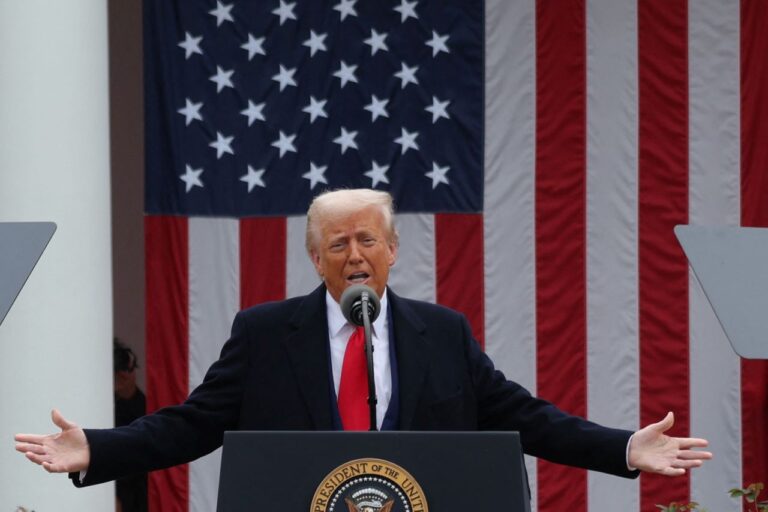🎧 Listen to This Article
Trump’s tax cut extensions are expected to further benefit high-income households, allowing for more investment growth and wealth accumulation. While the administration claims the cuts benefit all Americans, economists argue they disproportionately favor the wealthy.
Meanwhile, Trump’s new tariffs, including 25% import duties on cars, auto parts, and industrial materials, aim to offset tax cuts but could burden low- and middle-income households. Experts warn tariffs function as a regressive tax, disproportionately affecting lower-income families who spend a higher percentage of their income on essentials.
The Peterson Institute for International Economics estimates that Trump’s latest tariffs on Canadian, Mexican, and Chinese imports, set to take effect April 2, could cost the average household $1,200 per year. This comes as many Americans continue to struggle with high inflation and stagnant wages.
Additionally, cuts to safety net programs like Medicaid could further shift wealth from working-class families to the wealthy, experts say. The long-term effects of Trump’s tax and trade policies remain uncertain, but early data suggests a widening of the nation’s wealth gap.
For further details, clarification, contributions, or any concerns regarding this article, please contact us at editorial@tax.news. We value your feedback and are committed to providing accurate and timely information. Please note that our privacy policy will handle all inquiries



